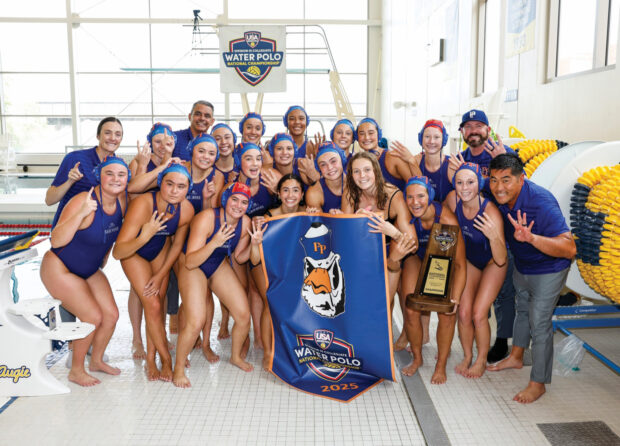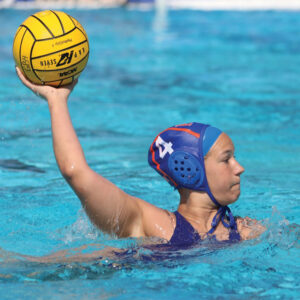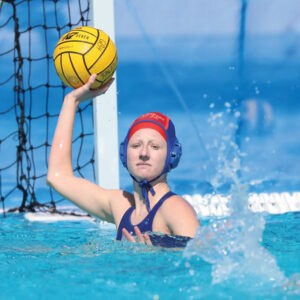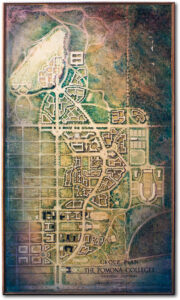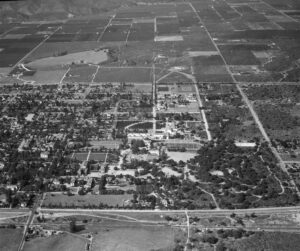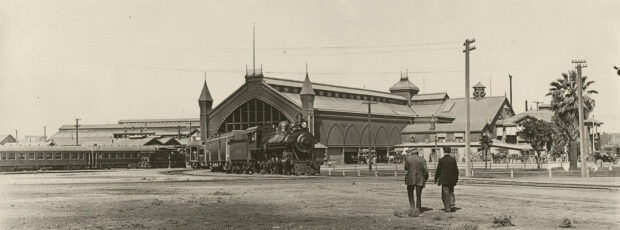This spring Shark Mutulili ’25, a public policy analysis major with a politics focus, was awarded a Rhodes Scholarship. The prestigious international fellowship is awarded to about 100 students each year, 32 from the United States and the rest from countries across the world.
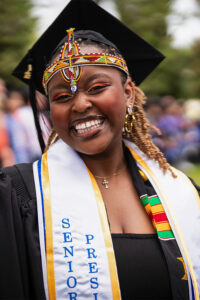 Mutulili was one of two students awarded the Rhodes Scholarship for Kenya. A Nairobi native, she is Pomona’s 13th Rhodes Scholar, second-ever female recipient and first since Peter Chiarelli ’03.
Mutulili was one of two students awarded the Rhodes Scholarship for Kenya. A Nairobi native, she is Pomona’s 13th Rhodes Scholar, second-ever female recipient and first since Peter Chiarelli ’03.
The oldest fellowship award in the world, the Rhodes covers all expenses to study at the University of Oxford for two or more years. Mutulili plans to pursue a Master of Public Policy at Oxford before returning back home to Kenya long-term.
Her ultimate hope is to “shape better systems to see the dignity in every human being,” she says.
When Mutulili learned she was one of 10 finalists for the Kenya award, she had to quickly make travel arrangements to fly to Kenya in less than a week for the final interview—a flight made possible by Pomona’s Office of the President. The day after the interview, while preparing to head to the airport, she received a congratulatory phone call. “I was jumping up and down,” she says. “I was in complete shock.”
Mutulili served as Pomona’s 2025 senior class president, leading committees to improve student life and foster community on campus.
“I wanted to serve and to understand the way people think, the things that bring them joy and the challenges they’ve gone through,” she says. “I’ve tried my best for this to be a senior year worth remembering.”
Her senior thesis focuses on comprehensive sex education to prevent gender-based violence against adolescent girls and women in Kenya. She looks at tribal knowledge, traditions and practices as well as colonial histories of education to understand how gender biases and power imbalances affect the policies that are created.
“Shark stands out at Pomona for her joyous spirit and her thoughtful and caring engagement across differences, whether of opinion, identity or discipline,” says President G. Gabrielle Starr. “We at Pomona are so proud of her and thrilled for her to take advantage of these new opportunities at Oxford.”
As a recently announced Napier Initiative Fellow, Mutulili will continue her work to improve living conditions for children and mothers in two rural prisons in Kenya, providing for immediate needs such as baby food, diapers and cots as well as working toward long-term goals such as improving sanitation, providing water tanks and creating child care spaces.
One of the first people Mutulili told about the Rhodes Scholarship was her academic advisor David Menefee-Libey, whom she says has been a staunch supporter at Pomona.
“Every time I talk with Shark, I learn about yet another amazing thing she’s been in the middle of,” says Menefee-Libey, the William A. Johnson Professor of Government. “And through all that she remains a kind and joyful person. I can’t wait to see what she does next.”
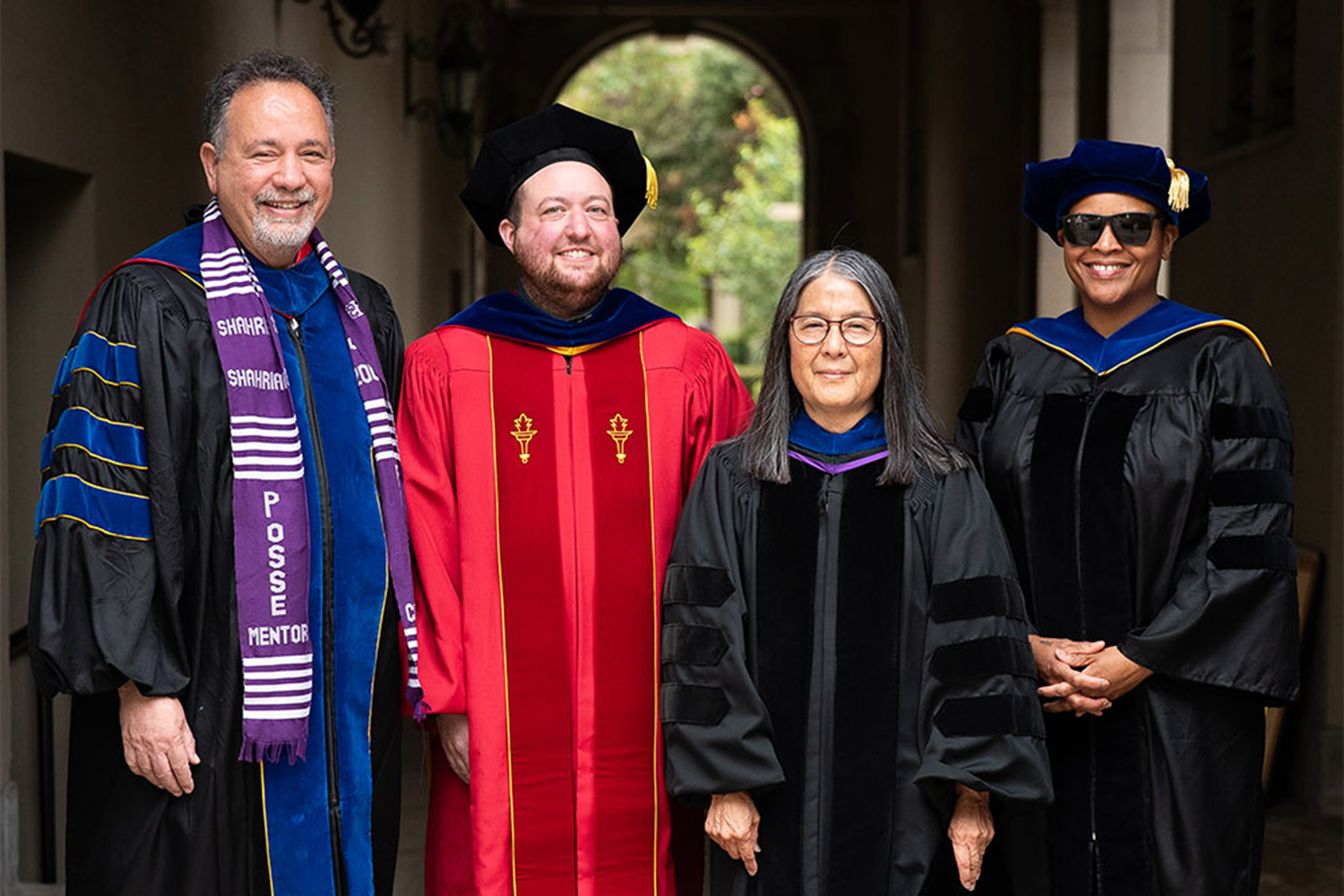
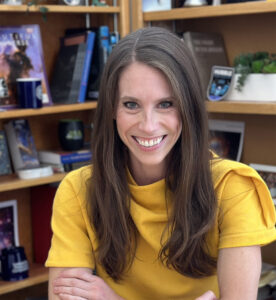

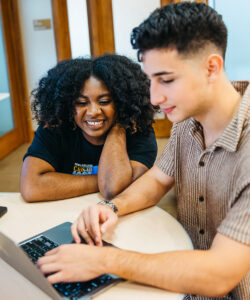 Thanks to the enduring generosity of the Sagehen community, more than 50 percent of Pomona students received need-based aid last year, totaling $68.6 million in scholarships and grants. With need-blind admissions and financial aid packages tailored to each family’s circumstances, Pomona meets 100 percent of students’ demonstrated need. The College is also among the few U.S. schools offering significant financial aid for international students, with over 40 percent receiving need-based support.
Thanks to the enduring generosity of the Sagehen community, more than 50 percent of Pomona students received need-based aid last year, totaling $68.6 million in scholarships and grants. With need-blind admissions and financial aid packages tailored to each family’s circumstances, Pomona meets 100 percent of students’ demonstrated need. The College is also among the few U.S. schools offering significant financial aid for international students, with over 40 percent receiving need-based support.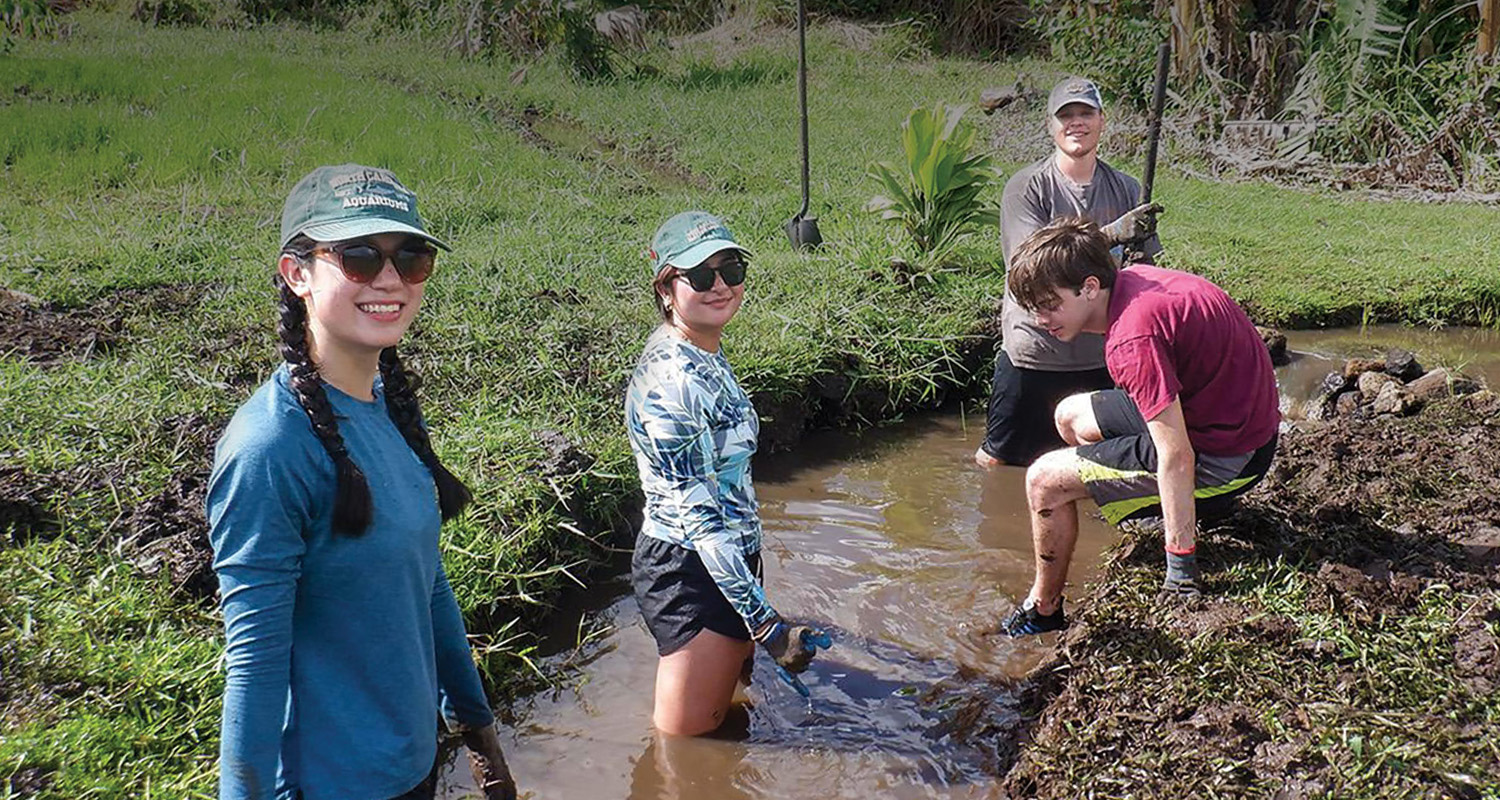
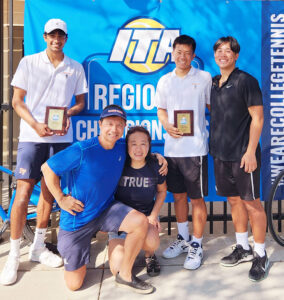 Last year, gifts from Sagehen parents and families supported student athletics, wellness programs, student research opportunities and more.
Last year, gifts from Sagehen parents and families supported student athletics, wellness programs, student research opportunities and more.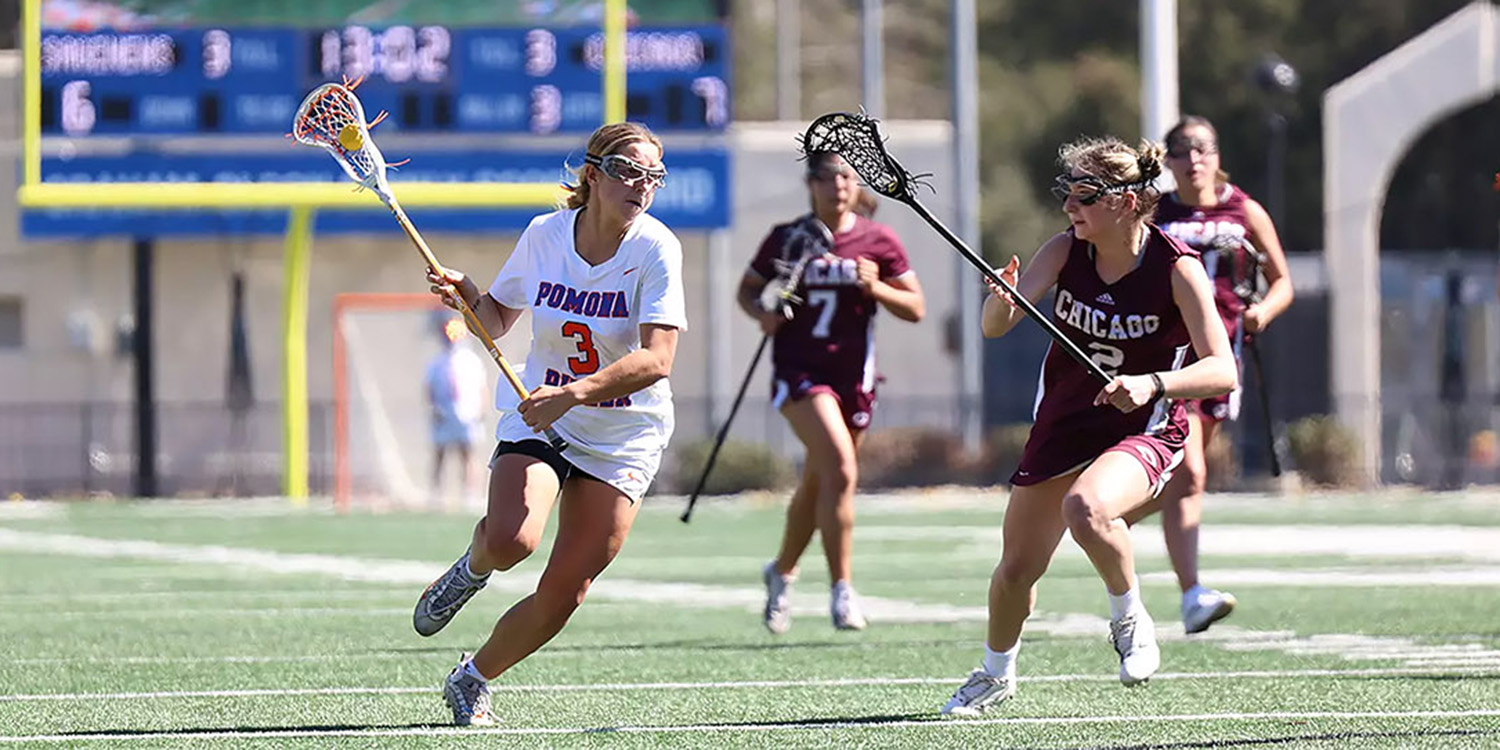
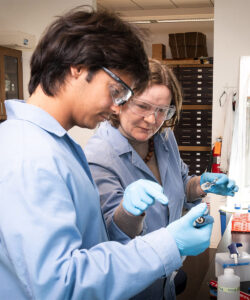
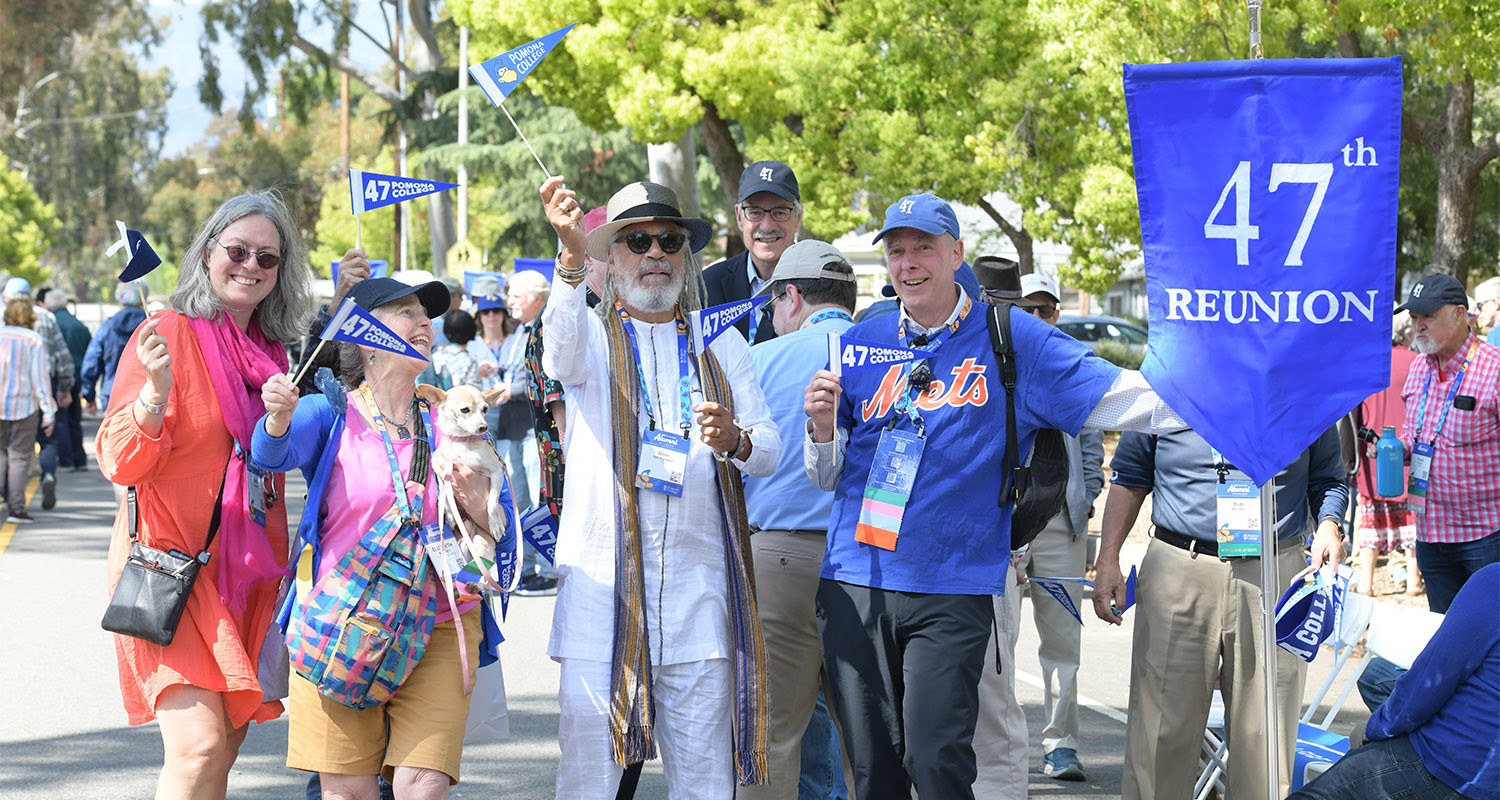
 Anders Crabo ’12 – Men’s Track & Field
Anders Crabo ’12 – Men’s Track & Field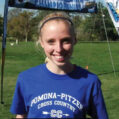 Annie Lydens ’13 – Women’s Cross Country and Track & Field
Annie Lydens ’13 – Women’s Cross Country and Track & Field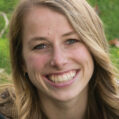 Martha Marich ’12 – Lacrosse
Martha Marich ’12 – Lacrosse Luke Sweeney ’13 – Football
Luke Sweeney ’13 – Football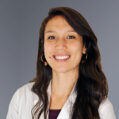 Alyssa Corley ’11 – Softball
Alyssa Corley ’11 – Softball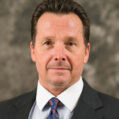 Kirk Jones – Distinguished Service
Kirk Jones – Distinguished Service